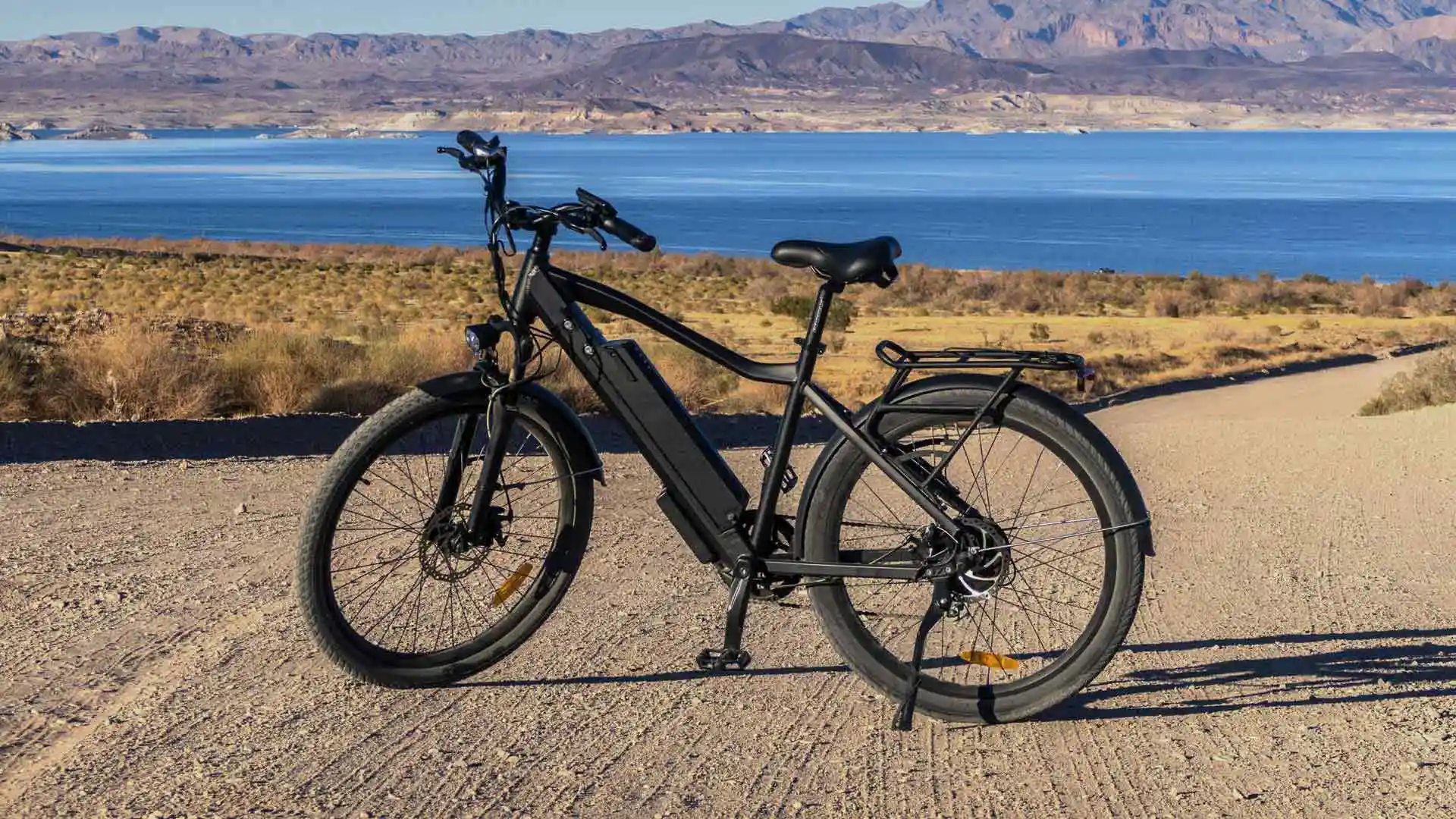With winter coming, you will probably find that your e-bike batteries are riding with a shorter range and less time. Even you also feel less power. For e-bike suppliers, they are faced with the tricky problem to be safe storage of these e-bike batteries in the winter. As you can imagine, it is essential for both individual users and e-bike suppliers to adopt effective ebike battery storage technologies to protect the battery lifecycles and performance during the winter.
We’ll take an in-depth look at how to store ebike battery for winter to meet the needs of both personal users and ebike battery suppliers. Whether you’re an enthusiastic electric bike rider or a supplier seeking to maintain battery quality and sales, it guides you in the knowledge necessary to safely ensure your electric bike battery storage during winter.

The Impact of Improper Storage on Battery Performance for E-bike Battery Winter Storage
In ideal temperature ranges during summer months, e-bike battery performance is at its best. The chemicals within lithium e-bike batteries are active and efficient, offering a battery capacity with 100% output.
Once fall and winter arrive and temperatures begin to drop, however, the chemicals within lithium batteries slow down and become less active, thus reducing the battery capacity. E-bike batteries will seem to run out of power more quickly and the bike rides themselves will feel less powerful.
Lithium-ion batteries commonly used in e-bikes are sensitive to temperature extremes. This is why we must attach importance to the safe storage of e-bike battery during the winter. Don’t worry! We have guidelines for both individual users and e-bike suppliers on how to deal with it!
Ebike Battery Over Winter for Personal Users
If you’re an e-bike owner looking for guidance on how best to store your bike and its battery during the colder months, here are some key guidelines to follow:
- Clean and check the battery: Before we store a battery, remove any dirt from it and inspect it for damage.
- Charge or discharge: For short-term storage, keep the charge level between 30-60%. For electric bike battery long term storage, discharge the battery about 30%. Storing a fully charged or dying battery may result in damage. So you should keep the capacity between 30-60% for a few months.
- Choose the best ebike battery storage temperature: Make sure to find a proper and dry place to control the temperature between 50°F-77°F (10°C-25°C). Avoid avoiding wind, sun, rain, extreme cold, or high temperature range swings.
- Disconnect battery: The battery is disconnected from the e-bike and stored alone in a protective ebike battery storage box or ebike battery storage bag. This prevents accidental run-out of power and possible damage.
- Perform regular battery checks: Periodically check your stored batteries for any signs of physical damage or leakage.
By adhering to the following guidelines, Personal users can maximize the potential of their e-bike batteries, allowing for consistent performance during the winter season.
Using Your E-Bike Battery in Winter? Follow These Extra Tips:
- Do not put your battery charged all the time even if not pulled from the charger.
- Do not overload during the ride. When the battery over-discharge, it changes in the electrolyte inside the battery, causing the possibility of fluidization of the battery’s plates (chances are 60% or more)
I’m sure you’ve ridden for kilometers at low pressure. When the batteries are ridden by 5 to 20 times, the battery plates start to fluidize. The capacity of the whole battery can not be charged as the new battery.
When there is low-pressure riding, charging time should ensure a 12-hour charging time, because the general fully charged time of 8 to 9 hours is enough, the latter time belongs to the trickle charging, so that the electrolyte in the battery from the newly restored to the usual stable value within.
It is important to do regular maintenance on the e-bike in daily use, especially the wires aging. Problems with the wires will make the battery drain, not work even can not charge.
Storing Ebike Battery Over Winter for Suppliers
As an electric bike supplier, storing a large warehouse of e-bike batteries requires even more care to protect them from damage and ensure battery efficiency. Correct storage techniques not only help to maintain battery quality, but they also prevent degradation of battery performance. This leads to improved customer satisfaction and trust, which can have a significant impact on sales.
As a supplier storing e-bike batteries over winter, follow these guidelines for proper care:
- Use temperature-controlled storage: Ensure that your warehouse or storage facility is equipped with climate control measures to maintain a stable temperature. Keep the storage temperature between 68°F (20°C) and 75°F (24°C).
- Regulate e-bike battery chargers: Prevent overcharging and undercharging issues by installing chargers that support optimal charging conditions.
- Charge and discharge regularly: Rotate stored batteries by charging and discharging them regularly. Prevent capacity loss due to long-term storage.
- Implement a BMS: Monitor multiple batteries with an advanced battery management system (BMS) to prevent issues such as thermal runaway or overcharging.
- Record and track battery health: Keep a comprehensive record of battery performance, including details such as initial capacity, discharge rate and charge cycles.
- Package carefully: Use appropriate packaging materials and techniques to protect batteries from damage caused by shock or vibration during transportation.
- Train warehouse staff: Educate your staff on battery storage best practices, including proper handling, packaging, and awareness of safety agreements.
Differences Between Storing Batteries as a Personal User and a Supplier
The biggest difference between the two is that suppliers usually take on greater responsibility, so they must use professional ebike battery storage systems.
It is essential for suppliers to take advantage of weather-controlled environments, implement monitoring systems, and perform regular maintenance on stored batteries.
However, personal users may not have received the same level of training on the safe storage of e-bikes as the supplier. That’s why it’s important for suppliers to teach their customers about safety when selling e-bikes to personal users.
Use Proper Electric Bike Battery Winter Storage Methods
In conclusion, it is necessary for both personal users and suppliers to follow the suggested storage methods. Proper storage of e-bike batteries during the winter ensures maximum performance, longer battery life, and customer satisfaction.
Remember, maintaining your e-bike battery is an investment in the durability and efficiency of your e-bike. By following these guidelines, you’ll be able to utilize your e-bike’s full capacity even after the winter season has passed and avoid unwanted expenses. Stay powered up and enjoy a great ride!
If you face more complicated problems in storing e-bike batteries, please consult our engineers today. We’d be happy to help.












